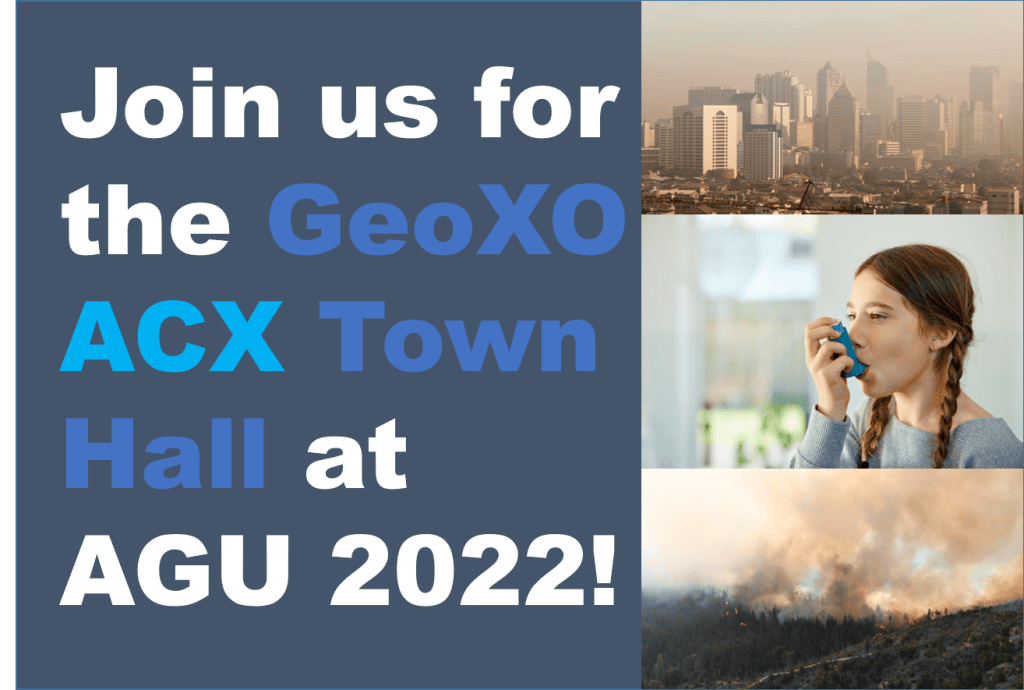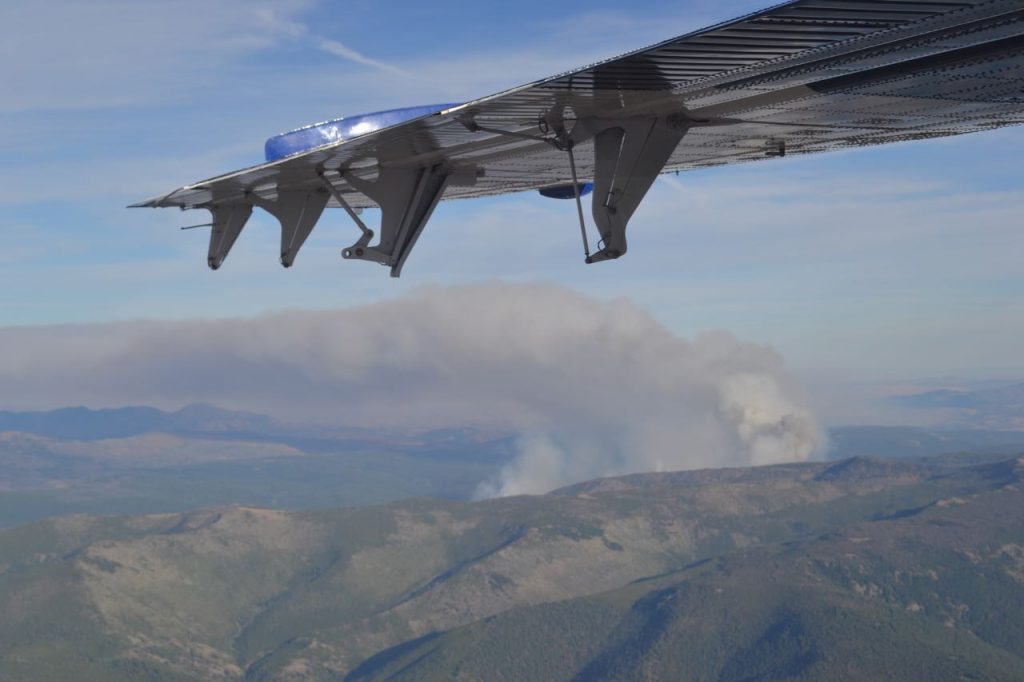New Air Quality and Community Health Research Subcommittee (ACRS) Under the OSTP Co-Chaired by CPO’s Monika Kopacz
The newly approved Air Quality and Community Health Research Subcommittee (ACRS) under the OSTP will be led jointly by NOAA, EPA and NIEHS and co-chaired by CPO’s Atmospheric Chemistry, Carbon Cycle and Climate (AC4) Program Manager Monika Kopacz.










